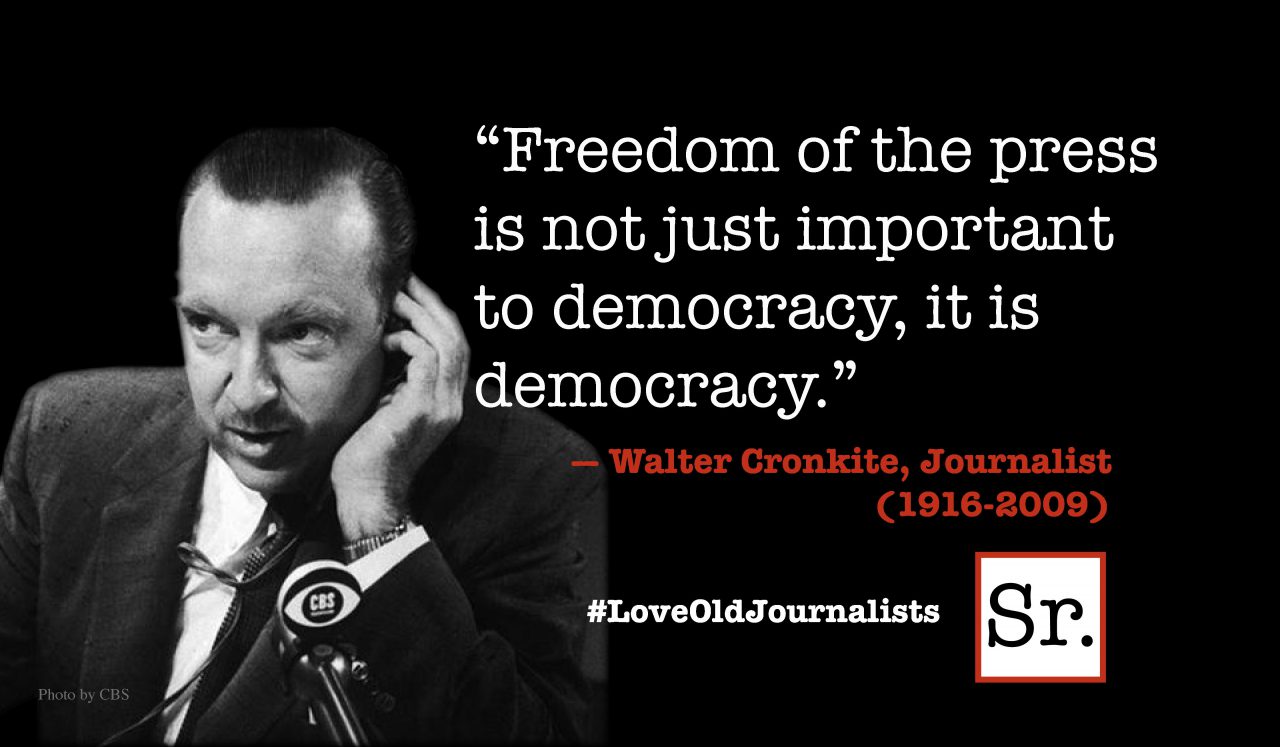Doubt is a double edged sword, too much and you’re doomed, too little and you’re doomed. But, one thing is certain…
Doubt-free leaders are dangerous.
3 reasons you have no doubts:
- You’re engaged in small, inconsequential activities.
- You haven’t thought seriously about the the challenges ahead.
- You’ve succeeded at this before, and conditions haven’t changed.
Bad doubt:
Doubt is the result of either/or thinking.
There is no progress with doubt. Everything is do or die. Doubt ignores the process and demands guarantees.
Unhealthy doubt builds a prison of safety.
The person who constantly explains why things won’t work, has courage issues, or they aren’t on board to begin with.
Doubt that persistently affirms inaction is deadly.
Good doubt:
Everything great begins with doubt. Someone doubted that the world was flat.
- Uncertainty fuels preparation. Unexamined plans make you look foolish.
- Doubt motivates investigation. The pursuit of clarity and certainty uncovers the best path forward.
- Doubters drive excellence when they question plans.
- Successful execution includes doubt regarding success.
The more I know the more I doubt I know.
7 steps to dealing with doubt:
- Define the big win, before doubting the path.
- Set a short-term goal, before fearing failure.
- Evaluate risks.
- Determine the level of confidence required to move forward.
- Build relationships with key players.
- Develop fall-back plans.
- Take action.
- A small step forward defeats doubt.
10 questions to answer doubt:
- Why is this important?
- On a scale of 1-10, what is your confidence level? Is that enough?
- How much more confidence do I need to move forward?
- What actions elevate confidence?
- What will we not have done, if we fail?
- Who has done this before?
- How important is this to organizational success?
- How are the strengths on the team suited to meet this challenge?
- How much difference would training make?
- What does a series of small wins look like?








